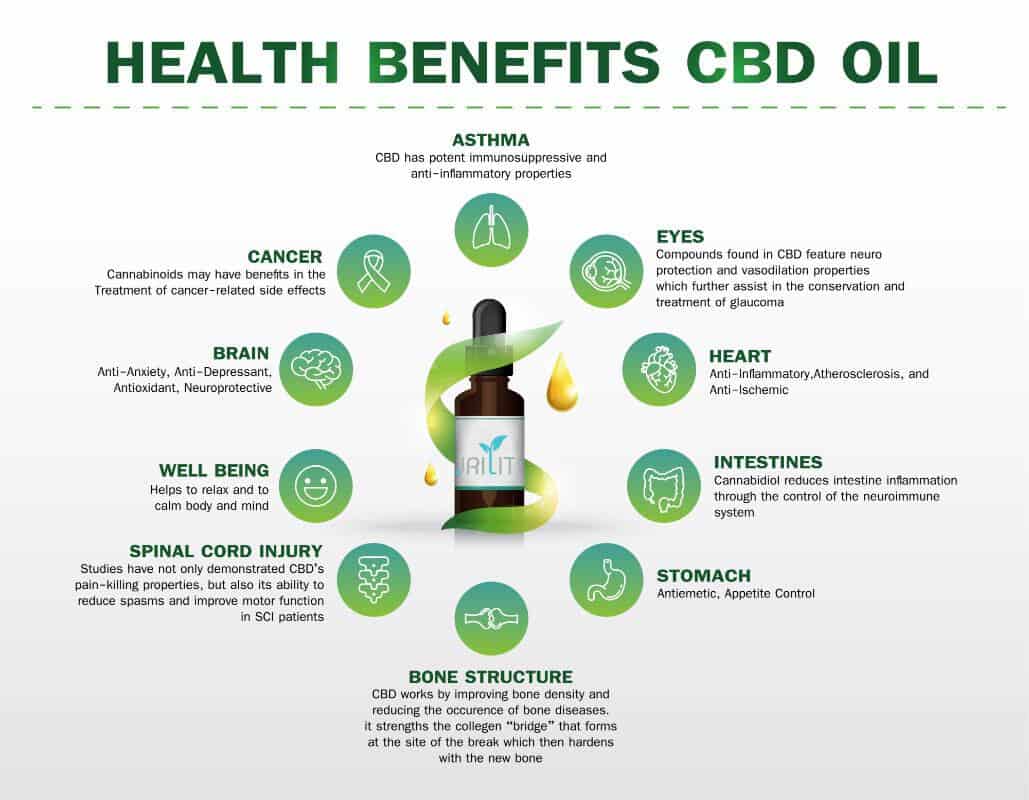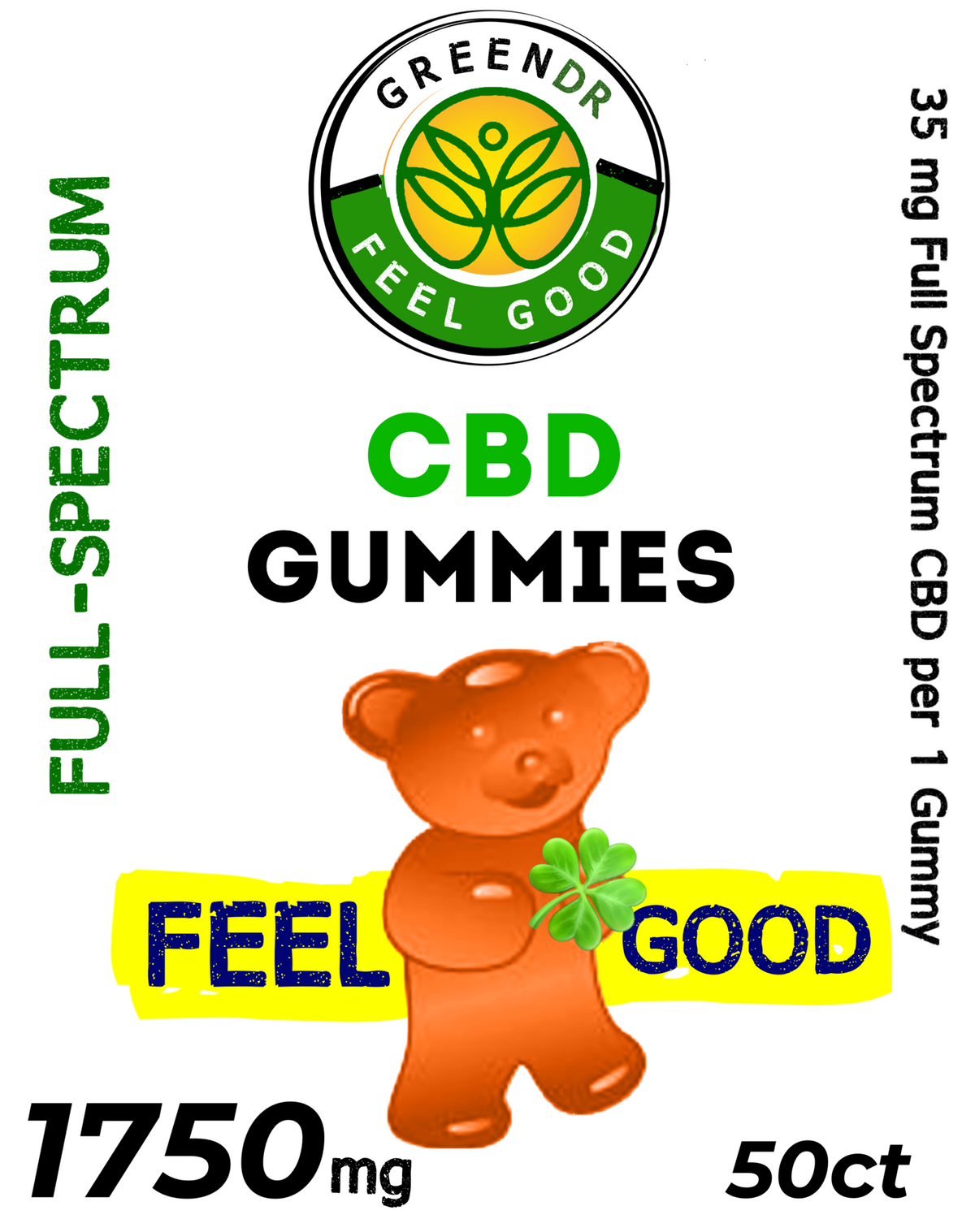Unknown Facts About Green Dr Cbd
Wiki Article
Green Dr Cbd Fundamentals Explained
Table of ContentsThe 5-Minute Rule for Green Dr CbdSee This Report about Green Dr CbdSome Ideas on Green Dr Cbd You Should KnowExcitement About Green Dr Cbd
The most common problems for which clinical cannabis is utilized in Colorado and Oregon are pain, spasticity linked with numerous sclerosis, queasiness, posttraumatic stress and anxiety condition, cancer cells, epilepsy, cachexia, glaucoma, HIV/AIDS, and degenerative neurological problems (CDPHE, 2016; OHA, 2016 (cbd dog treats for anxiety). We contributed to these conditions of passion by examining listings of certifying disorders in states where such use is legal under state legislationThe committee knows that there might be other problems for which there is proof of efficiency for marijuana or cannabinoids (https://www.storeboard.com/greendrcbd). In this chapter, the board will certainly go over the searchings for from 16 of the most current, great- to fair-quality systematic evaluations and 21 primary literary works articles that ideal address the board's research study questions of passion

For instance, Light et al. (2014 ) reported that 94 percent of Colorado clinical cannabis ID cardholders showed "severe pain" as a medical problem. Ilgen et al. (2013 ) reported that 87 percent of individuals in their research were seeking clinical marijuana for discomfort alleviation. In addition, there is evidence that some individuals are replacing the use of conventional pain medications (e.g., opiates) with cannabis.
Green Dr Cbd for Dummies
Recent evaluations of prescription data from Medicare Component D enrollees in states with clinical access to marijuana suggest a significant decrease in the prescription of traditional pain medications (Bradford and Bradford, 2016). Incorporated with the survey data suggesting that discomfort is among the primary factors for making use of medical marijuana, these recent records suggest that a number of discomfort people are replacing the use of opioids with marijuana, in spite of the reality that cannabis has actually not been accepted by the U.S.5 good- to fair-quality methodical evaluations were recognized. Of those five testimonials, Whiting et al. (2015 ) was the most thorough, both in terms of the target clinical problems and in terms of the cannabinoids examined. Snedecor et al. (2013 ) was narrowly concentrated on pain pertaining to spine injury, did not include any kind of research studies that made use of cannabis, and just identified one research study exploring cannabinoids (dronabinol).

The Definitive Guide for Green Dr Cbd
For the objectives of this conversation, the main source of info for the impact on cannabinoids on chronic pain was the review by Whiting et al. (2015 ). Whiting et al. (2015 ) consisted of RCTs that contrasted cannabinoids to normal care, a placebo, or no treatment for 10 conditions. Where RCTs were unavailable for a problem or end result, nonrandomized studies, consisting of unchecked researches, were considered.( 2015 ) that was particular to the effects of breathed in cannabinoids. The strenuous screening method utilized by Whiting et al. (2015 ) brought about the recognition of 28 randomized trials in people with persistent pain (2,454 participants). Twenty-two of these trials evaluated plant-derived cannabinoids (nabiximols, 13 tests; plant blossom that was smoked or vaporized, 5 tests; THC oramucosal spray, 3 trials; and dental THC, 1 test), while 5 trials examined synthetic THC (i.e., nabilone).
The clinical problem underlying the persistent discomfort was most usually pertaining to a neuropathy (17 trials); various other problems included cancer cells pain, numerous sclerosis, rheumatoid arthritis, musculoskeletal problems, and chemotherapy-induced pain. Evaluations across 7 tests that examined nabiximols and 1 that assessed the effects of breathed in marijuana recommended that plant-derived cannabinoids boost the probabilities for improvement of pain by around 40 percent versus the control condition (probabilities proportion [OR], 1.41, 95% self-confidence interval [CI] = 0.992.00; 8 tests).
Just 1 test (n = 50) that analyzed inhaled cannabis was included in the impact dimension estimates from Whiting et al. (2015 ). This study (Abrams et al., 2007) Indicated that cannabis reduced pain versus a placebo (OR, 3.43, 95% CI = 1.0311.48). It is worth noting that the effect size for inhaled cannabis is constant with a different current testimonial of 5 tests of the result of breathed in marijuana on neuropathic discomfort (Andreae et al., 2015).
Our Green Dr Cbd Ideas
There was also some proof of a dose-dependent impact in these studies. In the addition to the evaluations by Whiting et al. (2015 ) and Andreae et al. (2015 ), the board determined two added research studies on the effect of cannabis blossom on severe discomfort (Wallace et al., 2015; Wilsey et al., 2016).These 2 studies are consistent with the previous reviews by Whiting et al. (2015 ) and Andreae et al. (2015 ), go to website suggesting a decrease in pain after marijuana administration. In their evaluation, the committee located that just a handful of research studies have assessed the use of cannabis in the United States, and all of them evaluated marijuana in flower kind given by the National Institute on Medication Misuse that was either evaporated or smoked.
Report this wiki page